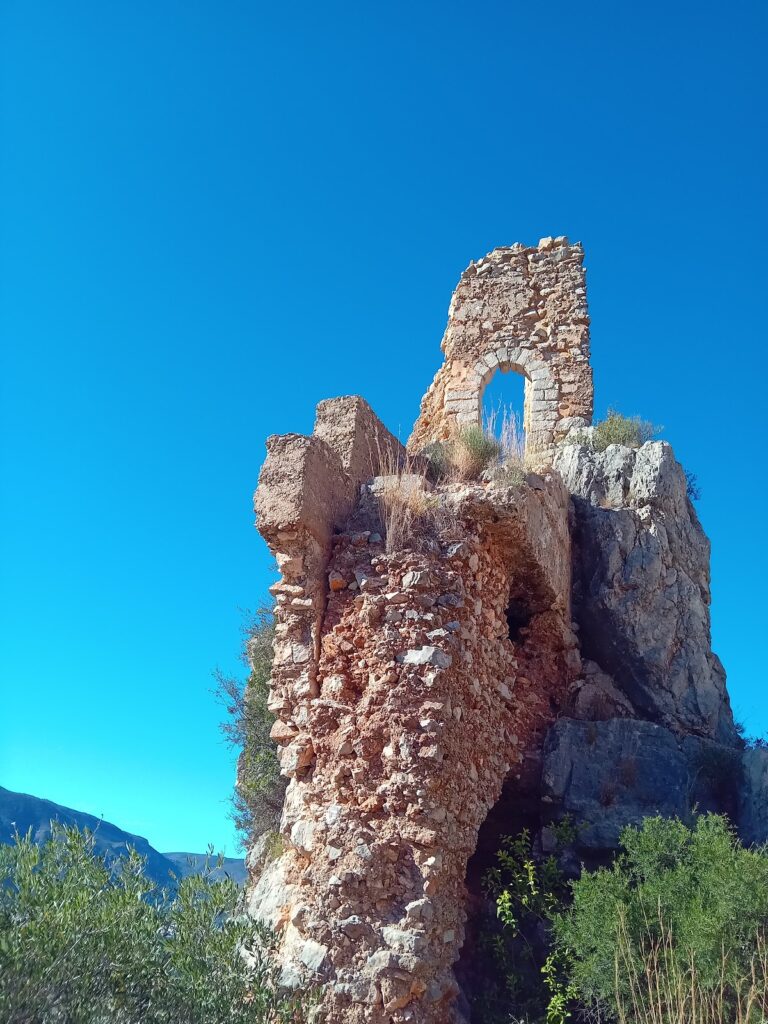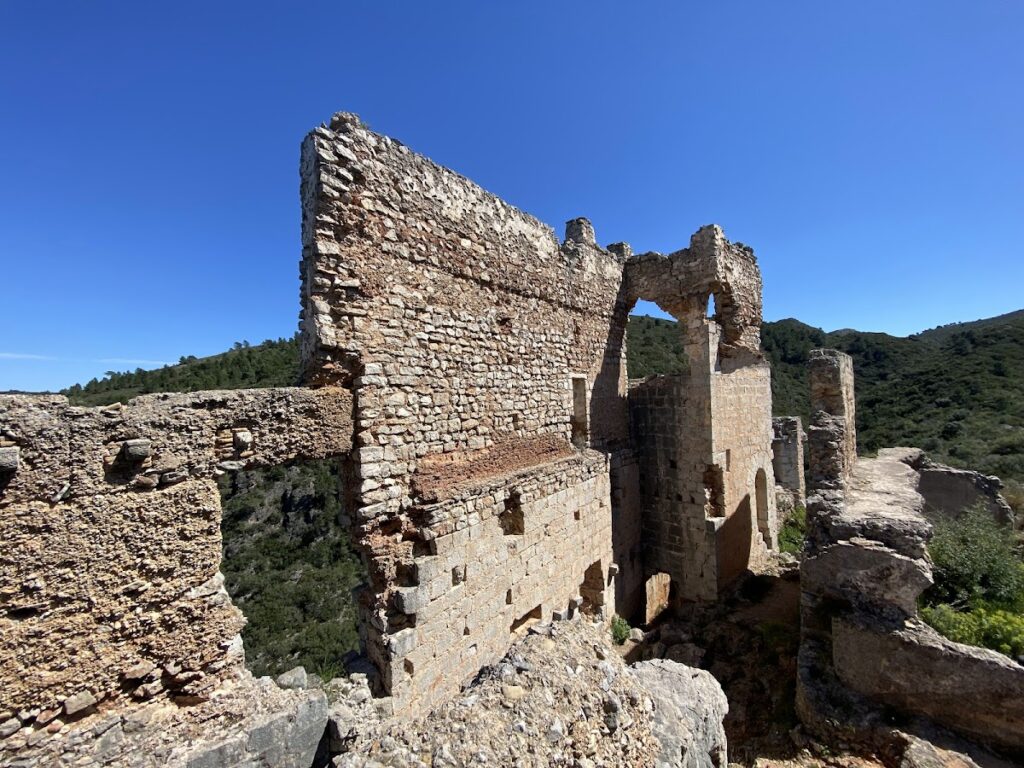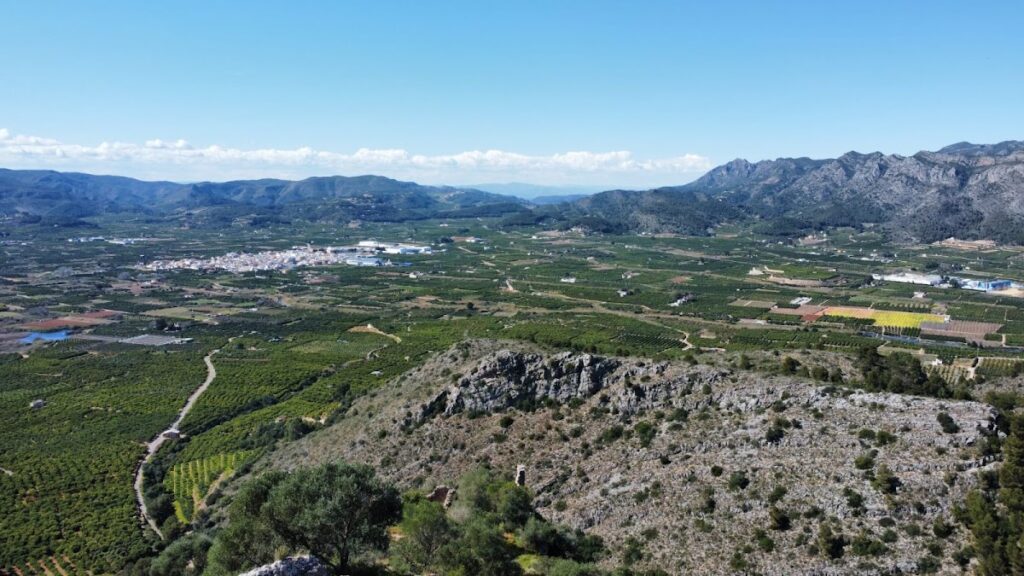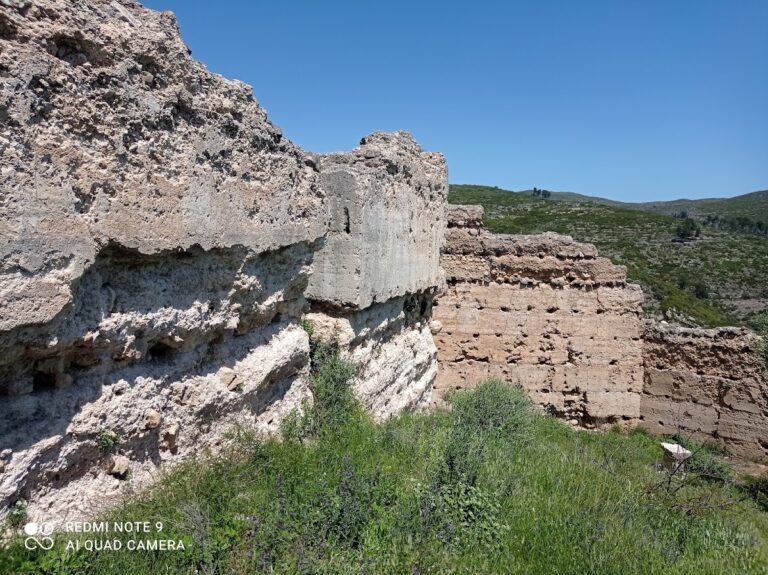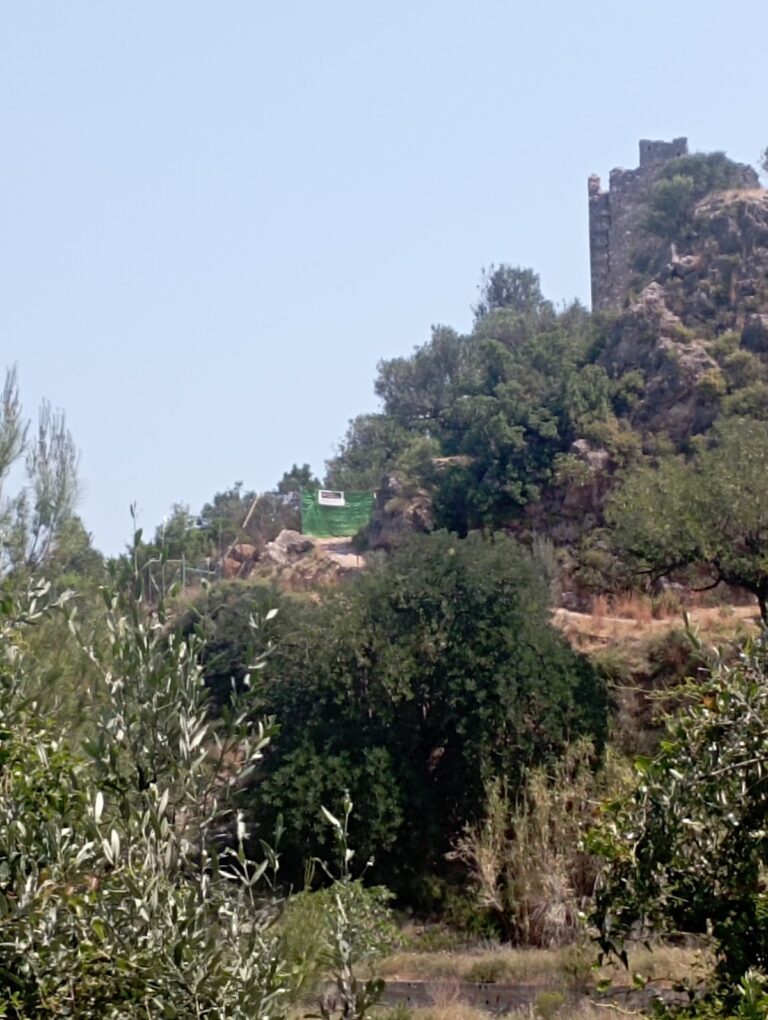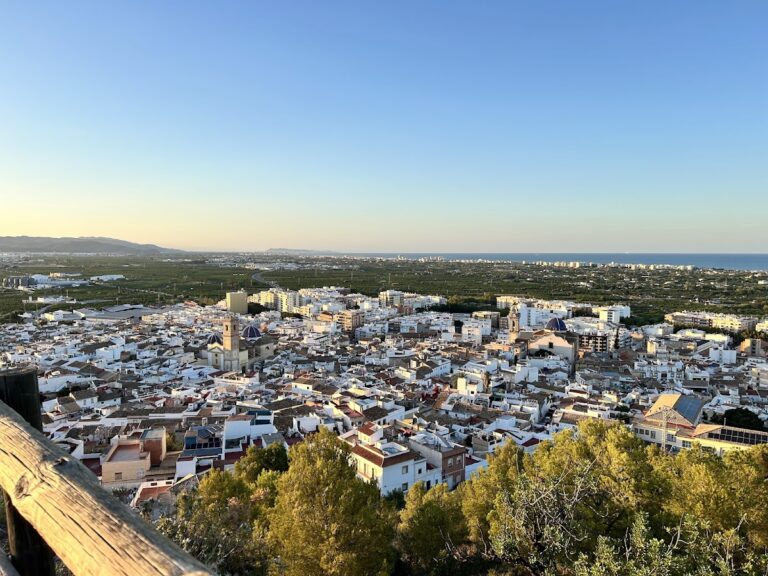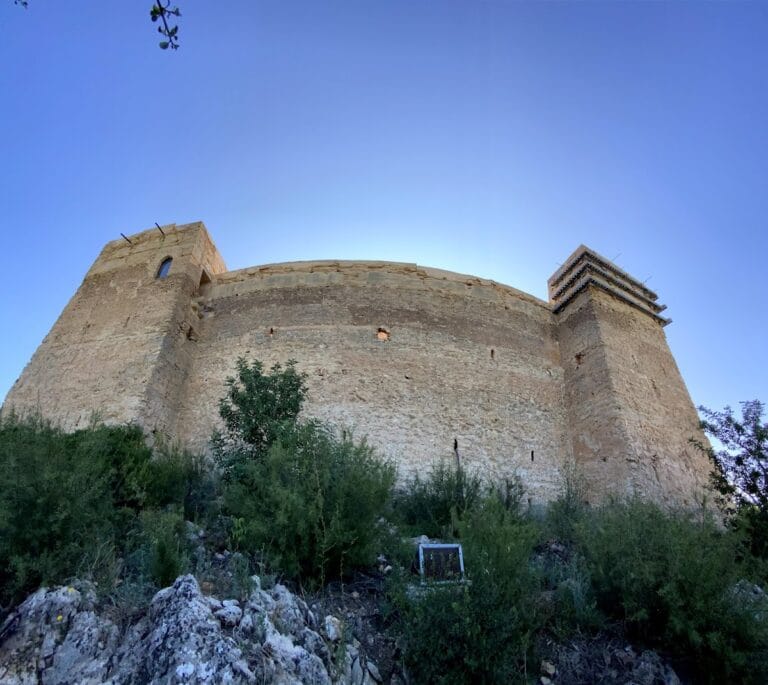Castle of Alfàndec: A Historic Fortress in Benifairó de la Valldigna, Spain
Visitor Information
Google Rating: 4.4
Popularity: Low
Google Maps: View on Google Maps
Country: Spain
Civilization: Unclassified
Remains: Military
History
The Castle of Alfàndec, situated in Benifairó de la Valldigna, Spain, was established as a Muslim fortress at the close of the 11th century. Built by Islamic rulers during the period of Al-Andalus, it served as a strategic refuge for the local rural communities living in the surrounding alquerías, or small villages, while also functioning as a center for the collection of taxes within the Valldigna valley.
Medieval documents reference the castle under the names Marignen or Marynen, with one important source, the “Libro del Repartimiento,” attesting to its presence. During the era of El Cid, a famed Castilian knight of the 11th century, it was described in Latin as a “castrum sarracenum in monte magno,” translating to a Saracen castle on a great mountain, highlighting its imposing location and Muslim origins.
In 1287, following the Christian reconquest of the area, King Jaime II granted control of the fortress to the Cistercian monks. The monks undertook modifications with Christian architectural influences and constructed new buildings on the castle’s summit, signifying the site’s adaptation to new religious and administrative roles.
The Castle of Alfàndec also featured in the conflicts of the 14th century, notably the War of the Union in 1364. During this conflict between the kingdoms of Castile and Aragon, the castle offered shelter to the monks when Castilian forces invaded the region. Despite its continued use through this period, the castle’s strategic importance declined following the expulsion of the Moriscos—Muslim converts to Christianity—from Spain in the 17th century. After these events, the fortress was abandoned.
Archaeological research reveals that the site’s occupation extends far beyond the medieval period, with evidence of human activity since the Bronze Age. Additionally, discoveries include Roman coins and a hoard of coins minted during the reign of King Jaime I of Aragon, connecting the castle to successive layers of regional history.
In recognition of its cultural and historical value, the castle has been officially protected as a cultural heritage site. However, by the early 21st century, the ruins faced threats of collapse, leading to its inclusion on the Red List of Valencian Heritage in 2020 and emergency restoration completed in 2022.
Remains
The Castle of Alfàndec crowns a steep hill roughly 237 meters above sea level, naturally fortified by two deep ravines that flank it, making access historically difficult until the creation of a modern trail. The fortress consists of two main walled enclosures, both partially preserved, which can be entered through a gate known as the Albacar. This gate is notable for its masonry composition and a distinctive lowered arch.
The lower enclosure follows the natural contours of the terrain and once contained the dwellings of a small settlement. These homes were built using tapial, a construction technique involving compacted earth, and protected by a wall approximately one meter thick conforming closely to the topography. This setup provided sheltered living quarters within the defensive perimeter.
Above this lies the second enclosure, which is situated on higher ground and includes a Gothic-style chapel from the 14th century. Constructed with large, carefully shaped stones called ashlar, the chapel features characteristic ribbed vault ceilings and wall apertures typical of Gothic architecture. This religious structure reflects the later Christian occupation and adaptation of the site.
Additional elements within this upper zone include two cisterns, or water storage tanks, one large rectangular and another smaller square-shaped, both important for collecting and conserving water. Other ashlar-built buildings of uncertain functions also remain.
A tall wall made of ashlar stone, punctuated by masonry repairs inside, preserves corbels—projecting stones—that once supported three floors, indicating the scale of the original structure. Among the most significant surviving architecture is the keep tower, known locally as the torre de l’homenatge, which would have served as the castle’s last line of defense and residence of its lord.
The castle is also home to a window linked by legend to the story of the Moorish queen’s leap, a symbolic element tied to the site’s Muslim past. Medieval graffiti on various walls provides further insight into the people who once lived there, recorded in their own inscriptions.
Underlying all the medieval remains, archaeologists have uncovered traces of Bronze Age occupation, while finds such as Roman coins and a small hoard of coins from King Jaime I’s era illustrate the long sequence of human activity on this strategically significant hill.


